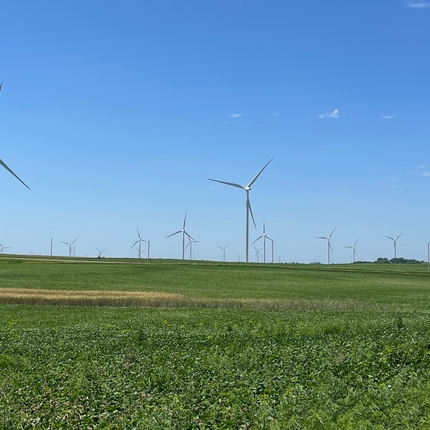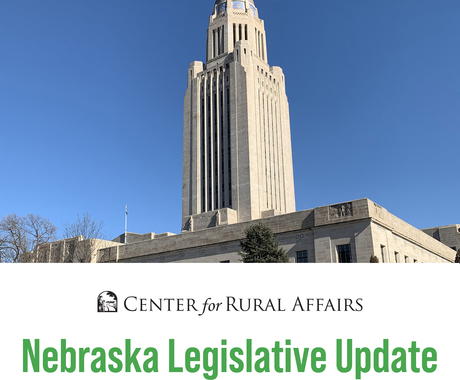The expansion of wind generation has been, and continues to be, a boon for rural development.
Wind energy is one of the fastest-growing sources of electricity across the nation. Several Midwest states, including Minnesota, are leading the charge in its development, according to recent reports from the U.S. Department of Energy.
In 2022, wind power accounted for 22% of new electricity capacity in the nation, representing a $12 billion investment. While it was considered a down year for installations due to supply chain issues, forecasts for wind energy investments have grown by almost 60% thanks to the passage of the Inflation Reduction Act in 2022.
In 2021, 28 counties in Minnesota collected a total of $14.1 million from the state’s production tax on wind energy with 85% of those funds going to eight counties. Counties have used the funds to provide property tax relief to residents, improve critical infrastructure, and complete public quality-of-life projects. The industry has also created jobs for rural residents. According to Clean Jobs Midwest, nearly 60,000 Minnesotans were employed in the clean energy sector in 2022, with more than a third in rural areas.
Wind energy has been expanding in Minnesota for more than two decades and is now eighth nationally in total wind generation capacity at 4,796 megawatts (MWs). In 2022, there were 245 MWs added to the state’s existing capacity, which ranked seventh in the country. That amount can power nearly 75,000 additional homes annually.
Given wind energy’s potential positive impact on rural development, capitalizing on it is essential for economic growth. Minnesota has paved the way as a leader in the industry’s growth, which will pay dividends for rural communities for decades to come.





